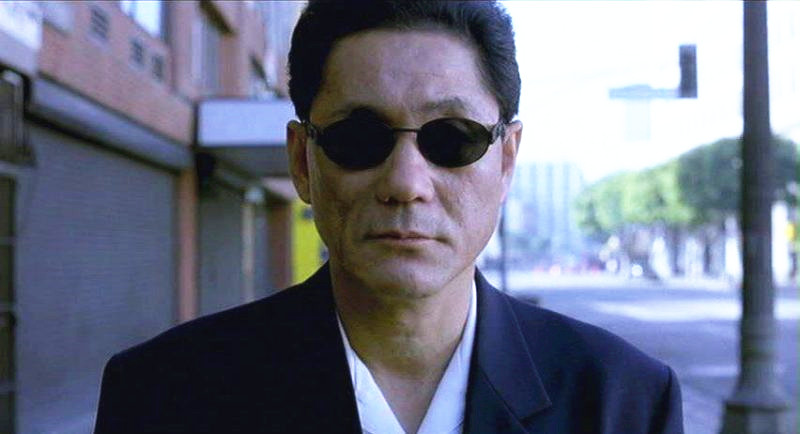
In Japan the term Yakuza is used to describe the members of organized crime syndicates, as well as the syndicates themselves. Formally they’re known as bōryokudan, meaning violent groups. They are the equivalent to the English term mafia. The origin of the Yakuza is uncertain, possibly dating back to gangs of rōnin turned bandits, or bakuto; travelling gamblers.
Bakuto were a popular subject of early Japanese cinema before they transformed into the Yakuza genre. This all started with Akira Kurosawa’s Drunken Angel. Ever since, they have been a popular subject to portray due to their style (the slick suits and beautiful full-body tattoos), notorious codes (like cutting of one’s left little finger as a punishment or apology), and their interesting hierarchy and their commendable loyalty to it.
The Yakuza genre has seen a lot of popular, long running series like Zatoichi and Battles Without Honor & Humanity. Besides these series a number of great directors have touched on the genre and some are even known for their Yakuza films. Most of these directors do have some Yakuza films that are less seen than their more popular ones, but these ones deserve all the praise as well. Here are 10 Yakuza films you’ve probably never seen.
1. Youth of the Beast (1963)
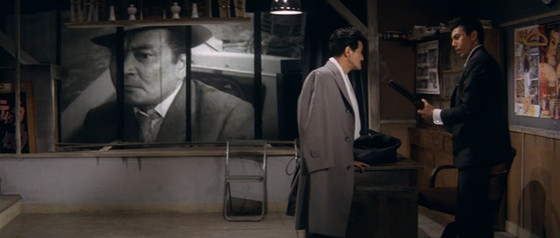
Seijun Suzuki is a prolific name in the Yakuza genre. Although he used to be fairly unpopular internationally, acclaimed names like Jim Jarmusch, Quentin Tarantino, and Wong Kar-wai helped putting his name on the map with a broader audience by giving tribute to his work. Suzuki is mostly known for his vibrant visual style, seen in his popular Tokyo Drifter and Branded to Kill, but his style is evenly present in Youth of the Beast.
As with more Suzuki films, Youth of the Beast stars the Japanese icon Jō Shishido. Shishido is a household name in Japanese cinema, besides his many roles in Yakuza films he’s most recognizable for his artificially enlarged cheekbones. In Youth of the Beast he portrays a detective that infiltrates a criminal organization which is responsible for his colleague’s death. From his position he manages to play off different Yakuza bosses against each other.
The film might be Suzuki’s first example of what later became his recognizable, over-composed style.
2. Brother (2000)
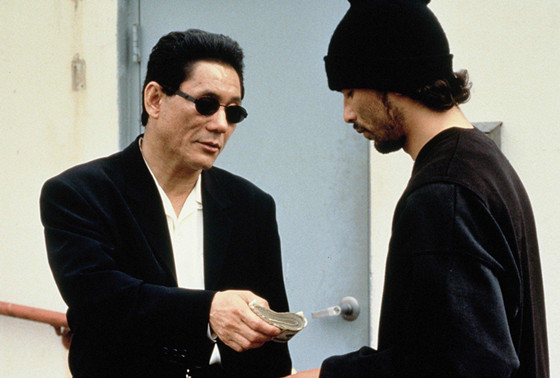
Takeshi Kitano is another director that is well-known for his work in the Yakuza genre. His unique, influential style even let people to say he is a worthy successor to Akira Kurosawa. Kitano has gained an international fanbase with his somewhat bleak, idiosyncratic film that are filled with Jarmusch-like deadpan humor. His most celebrated work includes his debut Violent Cop, Sonatine, and Fireworks and his remake of the popular Zatoichi character.
Brother is Kitano’s first venture into Hollywood. The movie is a co-production between the US and Japan and, as usual, stars Kitano himself in the leading role. Kitano portrays a Japanese Yakuza, Yamamoto, getting exiled to Los Angeles. Arrived in LA he is taken in by his little brother who runs a small-time gang. Quickly Yamamoto turns the small-time gang into a well running organization.
Kitano was interested in making an internationally set Yakuza film after being impressed by Europe’s interest in Yakuza culture. With Brother he manages to make a typical Kitano film, despite the US interest, but since upon release it was seen as more of the same it never really gained the popularity that his other films did. This doesn’t mean it’s not worth checking out, because it still has a lot of classic Kitano to offer and you can’t go wrong with that.
3. The Yakuza (1974)
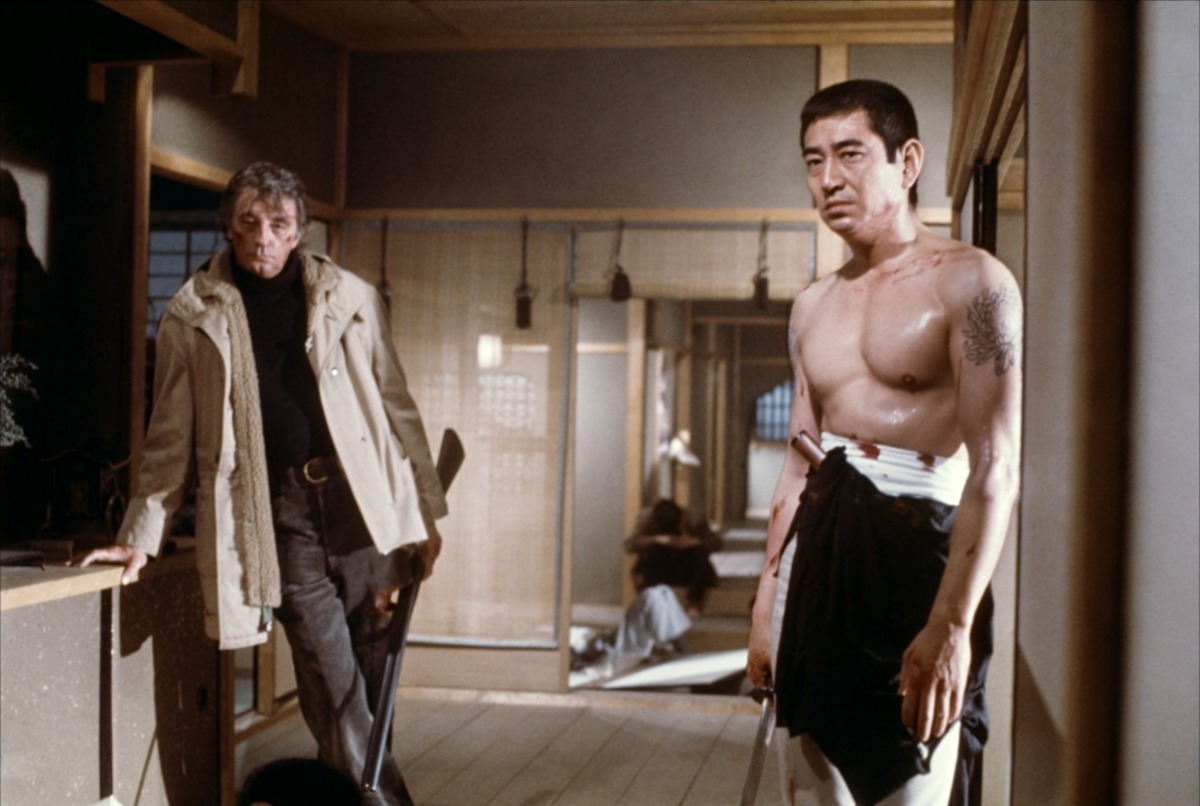
Another US-Japan co-production, this time helmed by an American director. The brilliant Sydney Pollack (Tootsie, Jeremiah Johnson, They Shoot Horses, Don’t They?) is known for his somewhat poetic storytelling which again shines through in The Yakuza. The original script written by writing veteran Paul Schrader was said to be more violent, but Pollack wasn’t satisfied with this approach and got the also talented Robert Towne to rewrite.
Robert Mitchum plays a retired American detective that once was a marine in post-war Japan. When an old friend’s daughter is kidnapped, he returns to Japan to save her. Back in Japan he gets mixed up with an old lover and her brother, the Yakuza, and lots of melancholic memories. It’s a complex story that has a lot to say, which sometimes can be overwhelming. But when fully taking it in it’s a treat filled with vibrant stylization, poetic slow moments, great violence, and one of the best endings a Yakuza movie can have.
4. Pale Flower (1964)
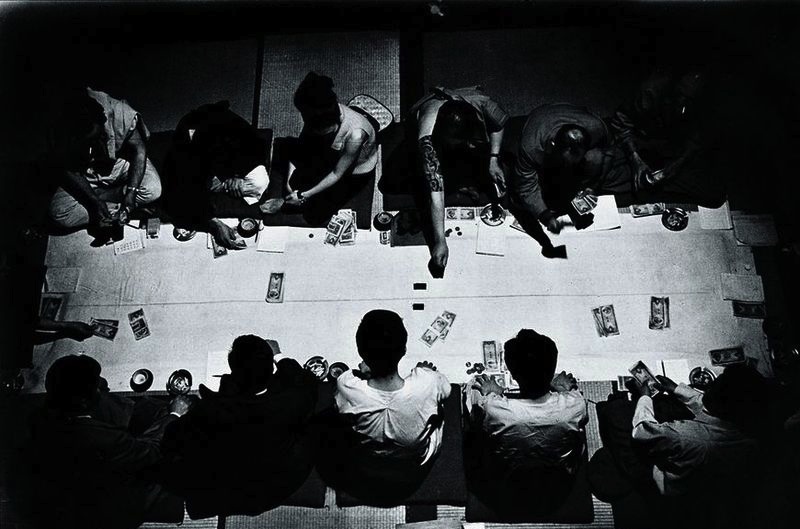
Muraki (Ryō Ikebe), a Yakuza gangster gets released from prison after serving a sentence for murder. When he revisits an old gambling den, he meets the mysterious Saeko (Mariko Kaga). He’s drawn to this girl that seems to be out for adventure. Their relationship is complicated from the beginning and only gets tougher when Saeko’s need for thrill seems to be expanding. This gets even more complicated when a third person comes in to play.
Masahiro Shinoda’s Pale Flower is a Japanese New Wave film that is the epitome of cool. The film noir is heavily stylized while still maintaining a compelling story. The main characters seem to be detached from reality, which makes them all the more intriguing. Every part of the film seems to add to the style and the vision that Shinoda had in mind. With the heavily contrasted black and white you can just feel the colors that aren’t there and with the jazz-filled score the picture is completed.
5. Female Prisoner #701: Scorpion (1972)
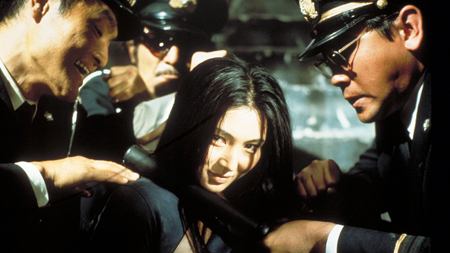
The incredible Meiko Kaji plays Nami Matsushima aka Matsu the scorpion, who is sentenced to a long time in prison after being set up by her detective boyfriend. She has to do time for attempting to murder him after he used her to get in favor with the Yakuza. The all-female prison had 700 prisoners before her, making her #701. The prison is run by sadistic, horny guards whom object and torture the women. Matsu is determined to take revenge on all those that wronged her inside the prison and out.
While not being a Yakuza film at the surface, the presence of the Yakuza is very much felt in the background. And since this is such a unique, but internationally underseen film, it had to make the list.
The film is a classic example of a Pinku film (Japanese films containing erotic content), but it is so much more than that. Director Shunya Ito goes all out with his knowledge on film. He uses many experimental techniques which make for a unique watching experience. This goes even further in the second film in the series of four, which arguably dares to be even more experimental, and for that matter; all three of Ito’s contributions to the series are a must see for every fan of Japanese cinema.